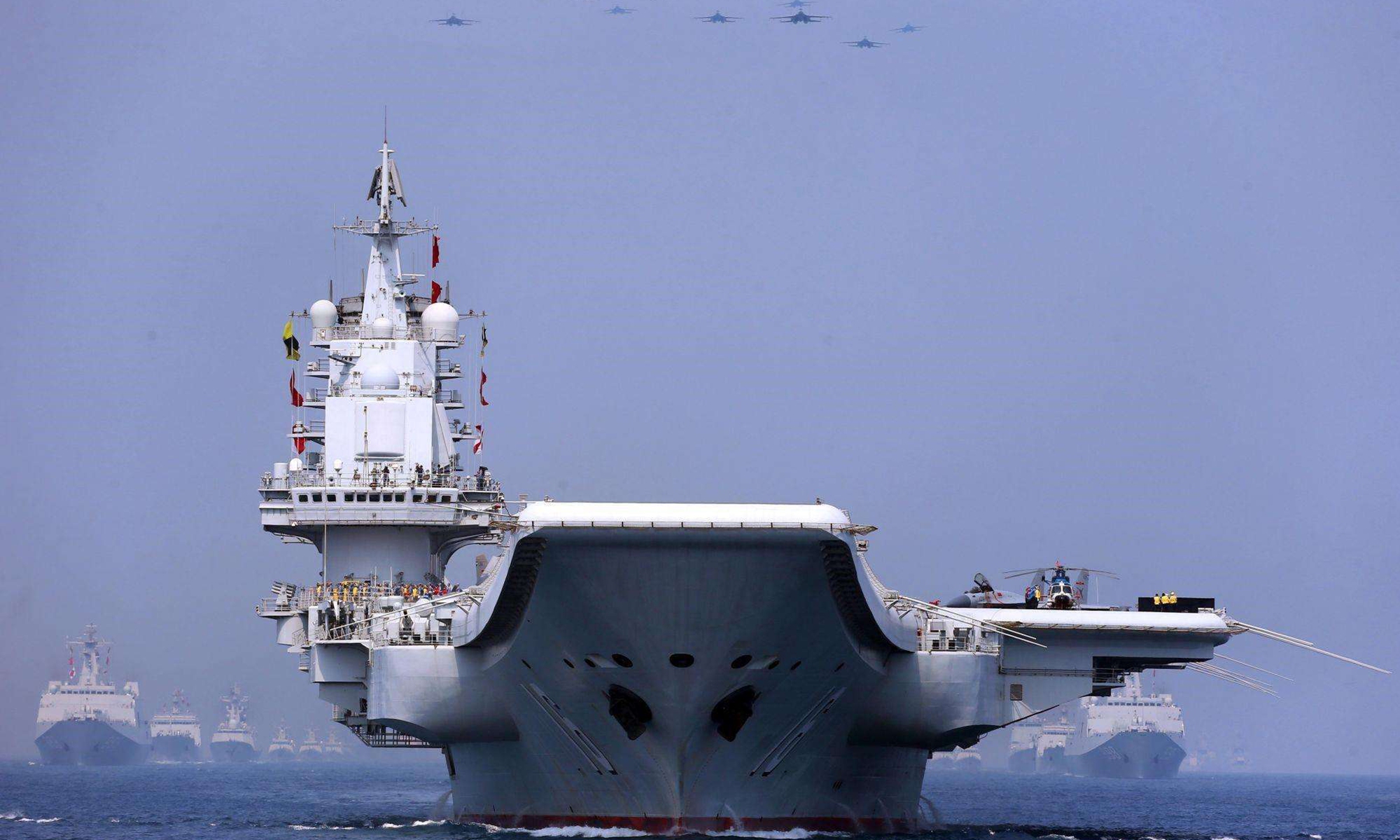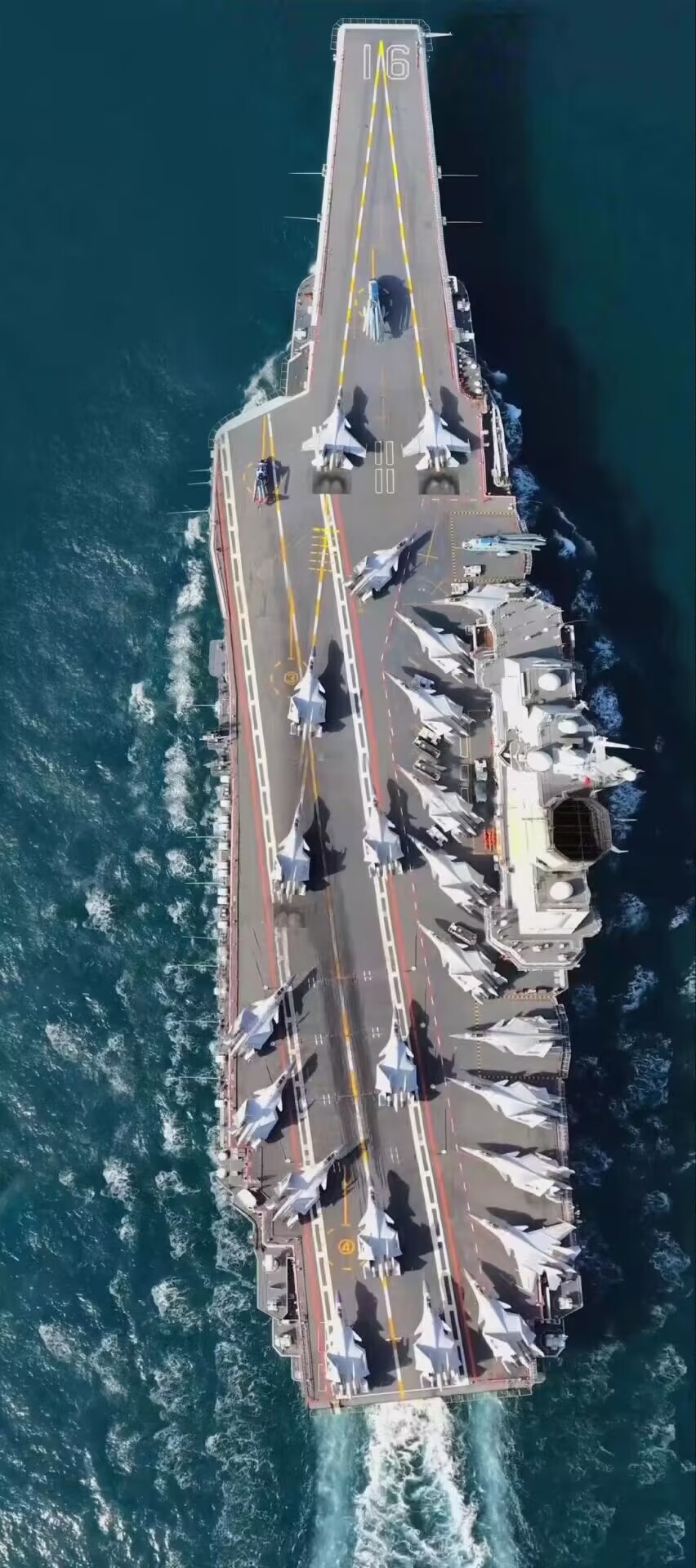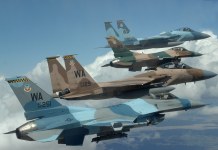On December 16, China’s aircraft carrier Liaoning, escorted by a record number of Type 055 destroyers, sailed via the Miyako Strait and reached the West Pacific for routine operations, reported state-run Global Times.
The PLA flotilla—which the Chinese State-media hailed as the most formidable Liaoning aircraft carrier group to date—is anticipated to host a number of realistic military training exercises beyond the first island chain.
These training sessions will improve its capacity to protect national sovereignty, territorial integrity, and development interests, the Global Times added.
In a press release issued on Friday, Japan’s Ministry of Defense Joint Staff reported that it had sighted a PLA Navy flotilla comprised of the aircraft carrier Liaoning, the Type 055 large destroyers Anshan and Wuxi, the Type 052D destroyer Chengdu, the Type 054A frigate Zaozhuang, and the Type 901 comprehensive replenishment ship Hulunhu.
The ministry mentioned that the PLA flotilla sailed from the East China Sea through the Miyako Strait into the West Pacific on December 15-16.

Before this, from December 12 to December 15, Japan also stated that the Type 055 big destroyer Lhasa, the Type 052D destroyer Kaifeng, and the Type 903A replenishment ship Taihu had traveled from the East China Sea through the Osumi Strait into the West Pacific.
At the same time, Sovremenny-class destroyer Taizhou and a PLA Navy electronic reconnaissance ship with hull number 796 left the East China Sea and entered the West Pacific via the Miyako Strait.
It is unknown whether the vessels mentioned above are indeed a part of the carrier group. However, the Chinese analysts suggested that the unprecedented number of Type 055 class large destroyers may indicate that this is the Liaoning carrier group’s most powerful formation to date.
There used to be only one Type 055 featured in the group, but currently, there are three such ships in the formation.
Did China PLA Navy deploy three Type 055 destroyers to Philippine Sea simultaneously for the first time?
Lhasa (102) transited Osumi Strait on Dec. 14.https://t.co/rFtDtyyYqV
Anshan (103) & Wuxi (104) transited Miyako Strait on Dec. 16.https://t.co/ZCU92urhxU pic.twitter.com/ViqXgqqogu— Ryan Chan 陳家翹 (@ryankakiuchan) December 16, 2022
Song Zhongping, a Chinese military expert and TV commentator, told the Global Times that the Liaoning aircraft carrier group is reportedly engaged in a normal training exercise during which the group’s warships would conduct coordinated maneuvers and combined operations as well as carrier-based fighter jet takeoffs and landings.
It is possible that the Liaoning carrier group also includes nuclear-powered submarines, according to Song, who argued that Type 055 large destroyers are the best escorts for Chinese aircraft carriers.
Tokyo’s Adoption Of A New National Security Strategy
Song noted, “drills like this have already become normal and regular.” In May 2022, the Liaoning aircraft carrier group conducted a far sea drill in the West Pacific to the east of Taiwan and south of Japan.
At the time, the deployment was the Chinese carrier’s longest and most intensive training in the area, with over 300 aircraft sorties over almost 20 days.
Nevertheless, the Liaoning carrier group passed through the Miyako Strait on December 16, which also happened to be the day Japan adopted a national security strategy.
Under the new defense policy, the country plans to acquire cruise missiles and preemptive strike capability within years to give itself a more offensive position against “threats” from China.
Song added that the PLA must increase its combat readiness to handle any emergencies as Japan continues to try to modify its defense plans and increase the size of its armed forces.
“Our exercises are not aimed at any third party, but if a third party poses threats to China, then it must feel the exercises are targeting it,” Song added.

Meanwhile, Japan’s revision of important security documents, which will serve as the basis for its defense strategies for years to come, has been hailed by the United States as a “bold and historic step.”
According to US Defense Secretary Lloyd Austin, the Pentagon supports Tokyo’s decision to acquire new capabilities that bolster regional deterrence, such as the counter-strike capability. He also noted that the updated documents showed a significant convergence of the two allies’ priorities and visions outlined in their security strategies.
The updated strategic documents from Japan also showed a tougher new stance toward China, which is still flexing its military might close to Japan’s southwest islands, some of which are just 120 kilometers away from Taiwan.
China has vowed to annex Taiwan. Beijing has increased its military pressure on the democratic island in recent years, among other things, by carrying out nearby military training exercises.
- Contact the author at ashishmichel(at)gmail.com
- Follow EurAsian Times on Google News




